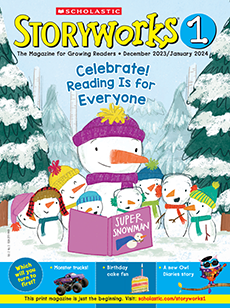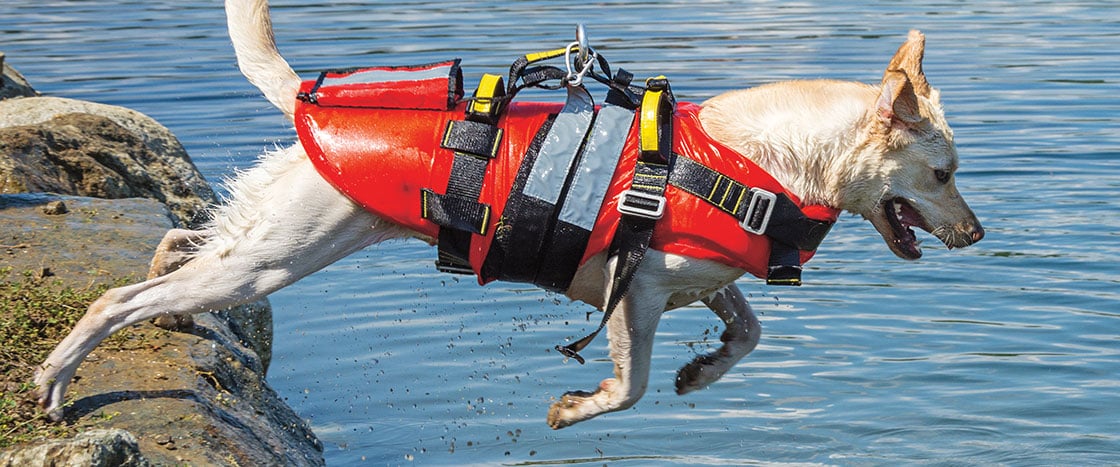It was a hot day at the beach. Families splashed in the water and played on floats. Lifeguards kept watch.
One lifeguard, Michele, (mee-KEH-leh) noticed a strong wind. But he didn’t know the sea was about to become dangerous. Suddenly, huge waves rolled in. Swimmers were swept far out into the sea.
A mom on the beach saw her kids struggling in the water. She rushed to the lifeguards for help.

